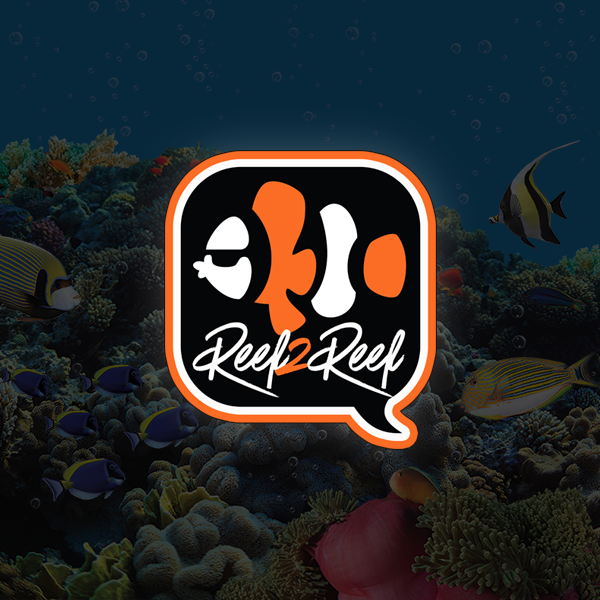Apologies if this is the 1000th time it has been asked but I couldn't find an answer.
I have about a 3 months wait before setting up a new tank. While waiting I bought Marco dry rock and designed the aquascape in sections for easier reassembly. I then put these into bins with clean saltwater, a powerhead, heater and a piece of live rock purchased from 2 different LFS to seed them with bacteria. I have been ghost feeding for 3 weeks now.
My question is when I get the tank set up is there any advantage/disadvantages to adding Dr. Tim's OaO woth associated ammonium chloride for a fishless cycle flowing 2+ months of seeding the dry rock?
System will be about 250 gallons. 120 lbs of rock and 100 lbs of sand (60 lbs "live" bagged sand and 40 lbs dry) for greater surface area.
Thank you for your help.
I have about a 3 months wait before setting up a new tank. While waiting I bought Marco dry rock and designed the aquascape in sections for easier reassembly. I then put these into bins with clean saltwater, a powerhead, heater and a piece of live rock purchased from 2 different LFS to seed them with bacteria. I have been ghost feeding for 3 weeks now.
My question is when I get the tank set up is there any advantage/disadvantages to adding Dr. Tim's OaO woth associated ammonium chloride for a fishless cycle flowing 2+ months of seeding the dry rock?
System will be about 250 gallons. 120 lbs of rock and 100 lbs of sand (60 lbs "live" bagged sand and 40 lbs dry) for greater surface area.
Thank you for your help.
















